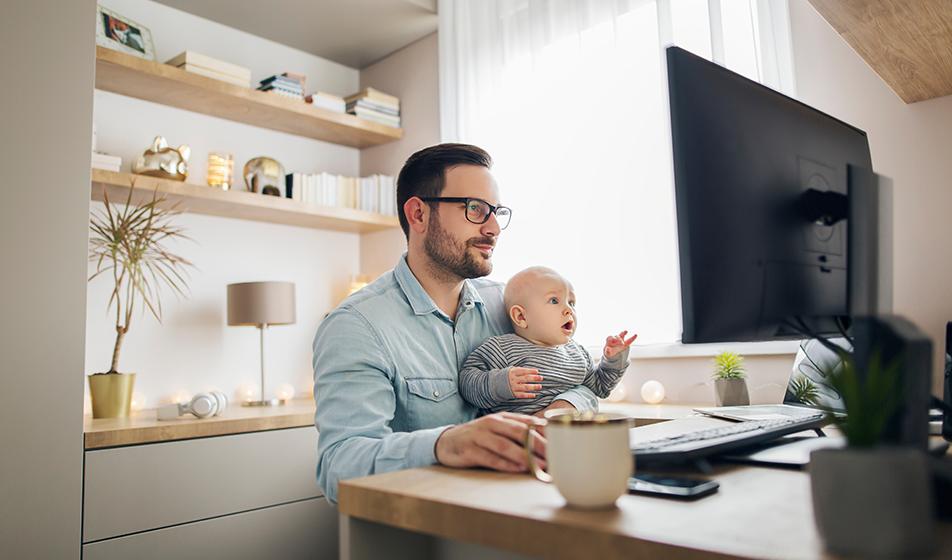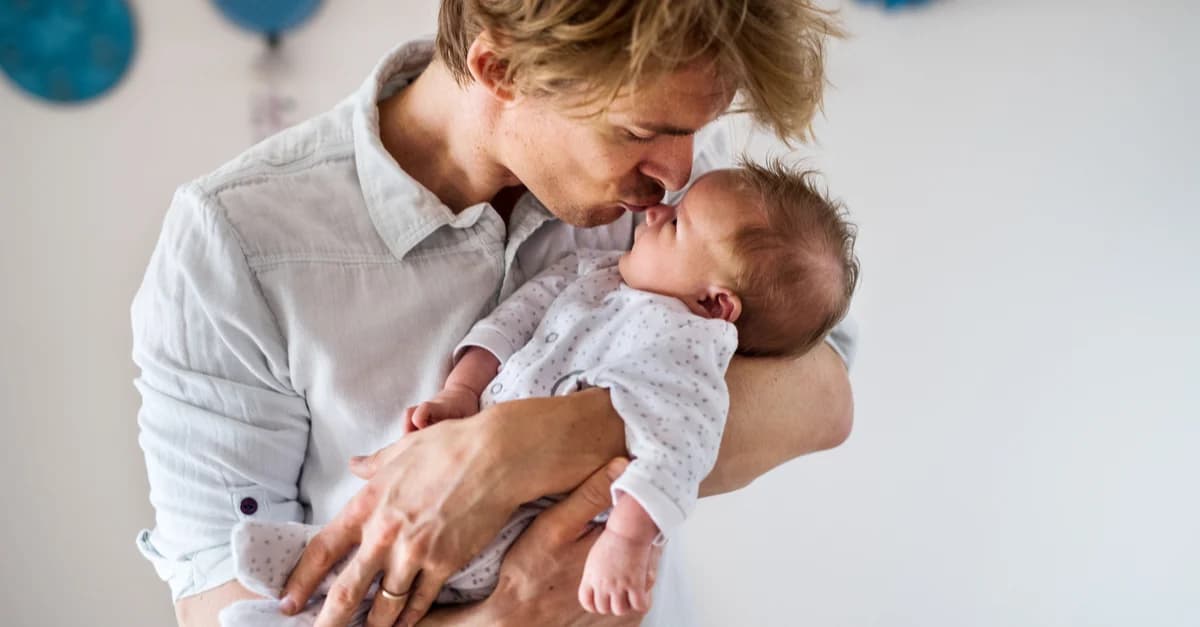Shared parental leave allows for parents to have more flexibility about the time off they have to care for their child.
But what is it, how does it work, and who's eligible? In this blog, we delve into shared parental leave.
What is shared parental leave?
Shared parental leave is effectively splitting parental leave between two parents who are responsible for a child.
Shared parental leave and statutory shared parental pay can apply to those in the first year after having a baby, adopting a child, using a surrogate to have a baby or fostering a child they're planning to adopt.
How does shared parental leave work?
Shared parental leave can work in different ways. Parents can share up to 50 weeks of leave (and up to 37 weeks of pay) between them. The amount they can take depends on how much maternity leave the birth parent has taken, or the amount of entitlement the primary adopter has taken).
Pay for eligible parents is the same amount, even if they have twins (or there's more than one child being adopted).
There are different ways eligible parents can used shared parental leave. For example, these can include:
- the primary adopter or birth parent can return to work early from adoption/maternity leave and take shared parental leave later
- the primary adopter/birth parent returns to work and their partner takes shared parental leave
- both parents might prefer to be off at the same time
- both parents can share the shared leave and be off at different times
- both parents can return to work at the same time and take shared parental leave later
Who is eligible for shared parental leave?
To be eligible for shared parental leave, two parents must share responsibility for a child.
For either parent to receive shared parental leave, the birth parent or primary adopter must either:
- end their maternity/adoption leave and go back to work
- give their employer notice to end their maternity/adoption leave early
- they must pass the 'employment and earnings test' (meaning they've worked for at least 26 of 66 weeks, and have earned an average of at least £30 a week in any 13 weeks)
Legally, the birth parent must still take 2 weeks' maternity leave as a minimum (or 4 weeks, if they're a factory worker).
The parent who is also taking shared parental leave must:
- be sharing responsibility for the child with the other parent from either the date of birth/adoption placement
- legally be classed as an employee
- pass the 'continuity of employment test' . This means they must have worked for the same employer for at least 26 weeks by the end of the 15th week before their baby is due or their adoption match date
They'll need to also provide their employer with notice of shared parental leave entitlement.
How much is Statutory Shared Parental Pay?
Statutory Shared Parental Pay is currently set at £172.48 a week, or 90% of weekly earnings (whichever is lowest).
If an employee is eligible for statutory maternity, paternity or adoption pay, they're entitled to statutory shared parental pay.
Redundancy protection
If shared parental leave is more than 6 continuous weeks, the employee will be eligible for redeployment prioritisation in redundancy situations for 18 months after the child's date of birth.
This comes into effect as of 6th April 2024, within the Protection from Redundancy (Pregnancy and Family Leave) Act 2023.
Supporting working parents
Shared parental leave is just one way working parents can manage their familial responsibilities & work.
Breathe's Parental Rights Guide contains all working parents need to know. Why not download for free, today?

Author: Aimée Brougham-Chandler
An IDM-certified Digital Copywriter as of February 2023, Aimée is Breathe's Content Assistant. With a passion for guiding readers to solutions for their HR woes, she enjoys delving into & demystifying all things HR: From employee performance to health and wellbeing, leave to company culture & much more.




